Almost like 300 Spartans: How a squad of 21 Sikhs stopped an entire army
By Pictolic https://pictolic.com/article/almost-like-300-spartans-how-a-squad-of-21-sikhs-stopped-an-entire-army.htmlEveryone knows about the feat of 300 Spartans, which still causes doubts among historians. But few of us know the real heroic battle, which was given by a detachment consisting of 21 Sikhs, a ten-thousand army of Afghans. Despite the absence of the slightest chance of success, the courageous Indians did not lay down their arms and stood to the end.
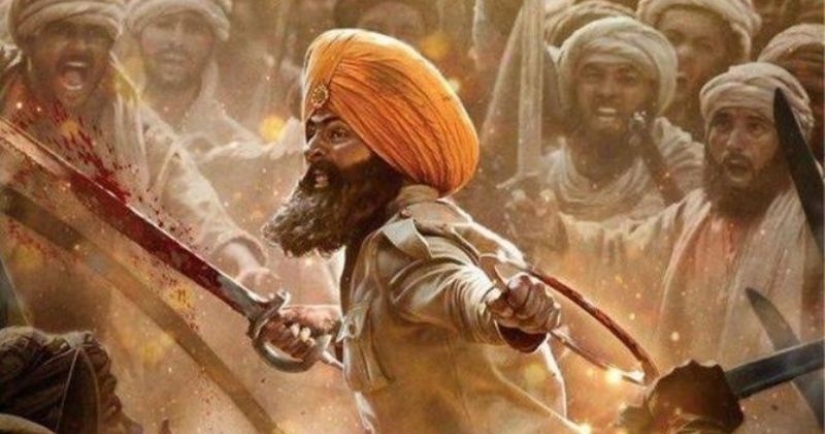
The battle that went down in history took place during the Tirakh campaign, in which Indo-British troops opposed the Afridi and Oroqzai Pashtun tribes from Afghanistan. In August 1897, the situation on the border of India and the territories inhabited by Pashtuns worsened. Five small villages: Sangar, Sahtob Dhar, Kurag, Samana Hills and Saragarhi, could be under attack by the enemy. Therefore, it was decided to strengthen the defense of the border zone by the 36th battalion under the command of Lieutenant Colonel John Haughton.
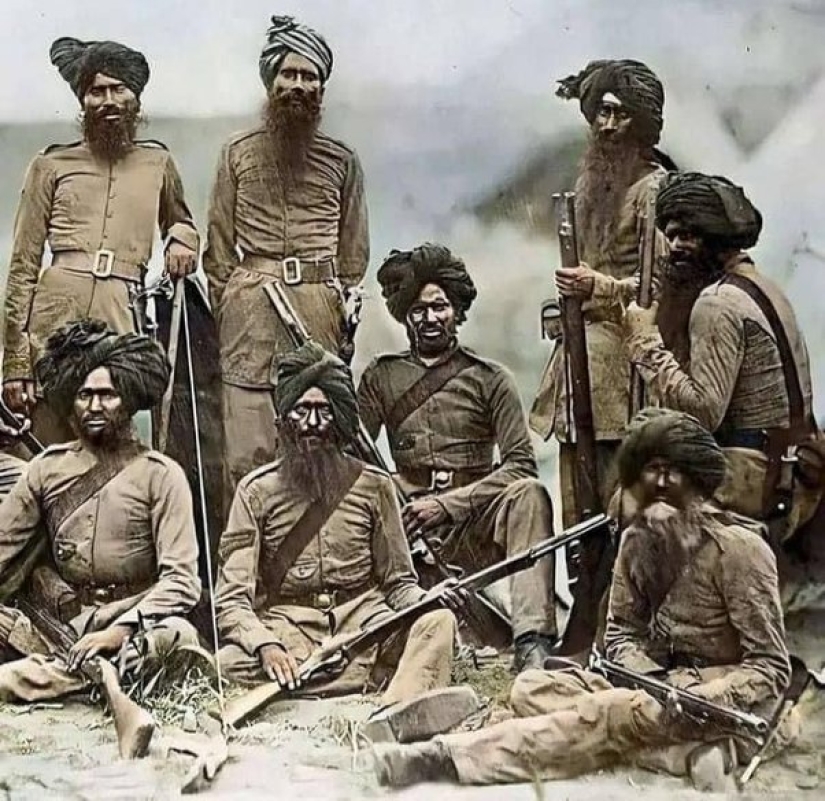
A hundred years before these events, several forts were erected on the border. They were built under the leadership of Maharaja Rajit Singh, the ruler of the Sikhs. By the end of the 19th century, the fortresses were hopelessly outdated, but they could still restrain hordes of invaders. At the end of August, the Pashtuns attacked this line of defense.
Saragarhi checkpoint was one of the weakest fortifications in the line. A small stone building with a tower and embrasures served as a communication point between Forts Galistan and Lockhart. One fort could not be seen from the other, so a heliograph was installed in Saragarh, relaying the signals.
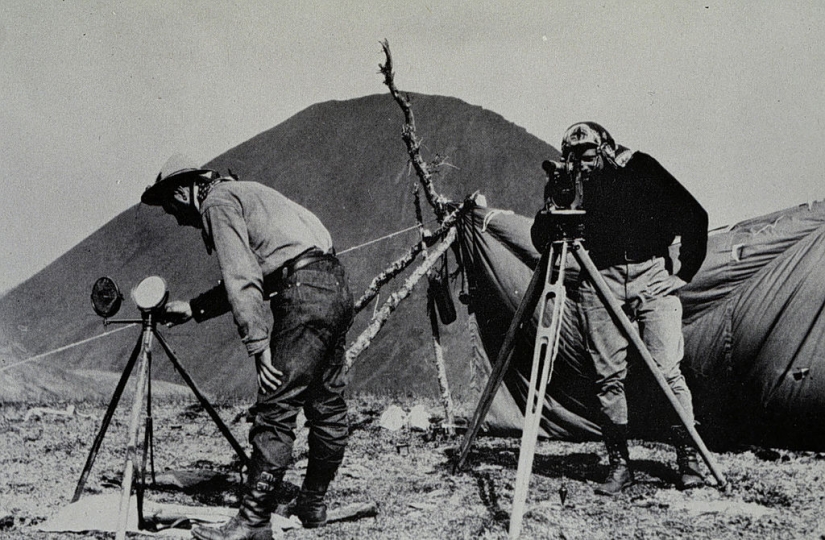
The heliograph is a device common at the end of the 19th century, consisting of mirrors. Before the introduction of radio in the army, it was used to transmit information at a distance. The sun's rays were reflected in the mirrors of the device, and the flashes were visible during the day at a distance of up to 50 km. The language of communication was Morse code. Soldiers of the 36th Sikh Infantry Regiment under the command of Sergeant Ishar Singh were at the checkpoint along with the communication device. In total, there were 18 privates in the detachment, a sergeant and two corporals — 21 people.
It was quiet at the checkpoint for a while. The signalman was transmitting ciphers from fort to fort and the enemy was not visible. But on September 12, an army of Afghans appeared in the valley near Saragarh. According to the most conservative estimates, there were 10 thousand of them, but some believe that 14 thousand Pashtuns gathered at the checkpoint. They were led by Gul Badshah, an experienced military commander.
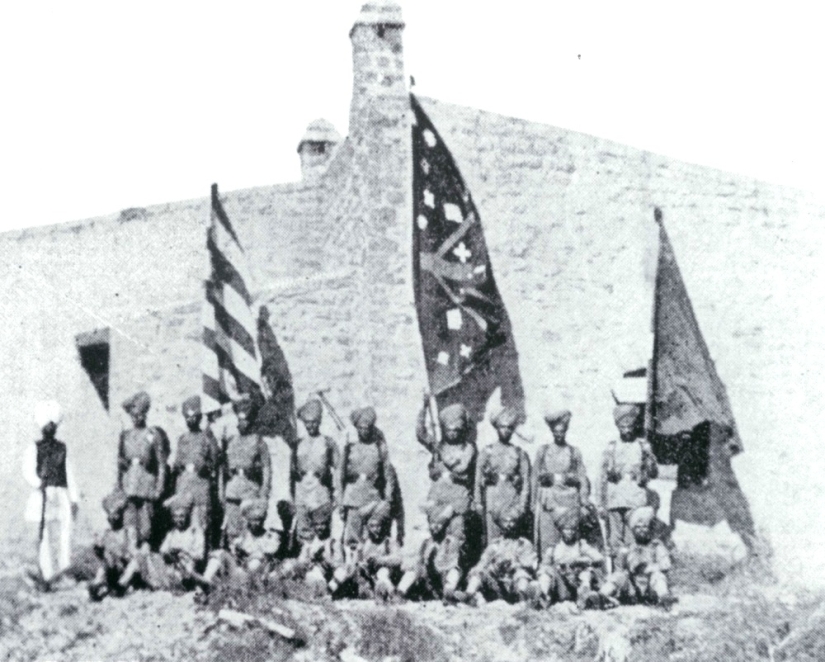
The Afghans decided to destroy the checkpoint in order to disrupt the connection between Galistan and Lockhart. After that, they intended to calmly attack the disunited forts and easily occupy them. The army attacked the checkpoint, hoping to take it right away. But the Sikhs, seeing the huge numerical superiority of the enemy, did not even think to escape.
The brave defenders of Saragarh took their places at the embrasures and took the fight. Sepoy Gurmukh Singh never stopped transmitting messages between the forts. He described the course of the battle in detail to Lieutenant Colonel of the 36th Sikh Regiment John Houghton, who was in Lockhart.
The attack began at 9 a.m. Signalman Gurmukh Singh immediately notified Houghton of the attack. But the lieutenant colonel could not send reinforcements immediately. Therefore, the Sikhs were forced to take a hopeless fight themselves. They calmly fired from the walls of their fortification into a dense crowd of Afghans who decided to crush the defenders of Saragarh with numbers.
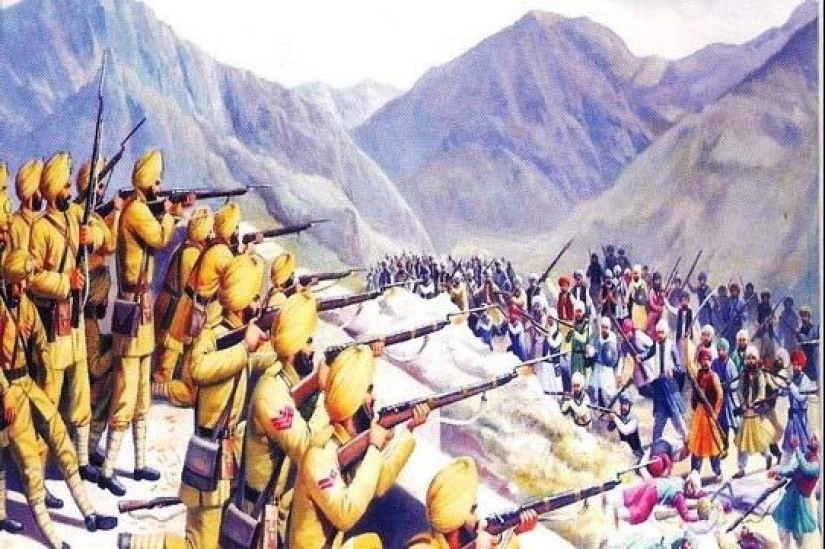
Sikhs, who had been brought up as warriors since childhood, shot very accurately. The enemy was losing hundreds of soldiers. But the return fire was dense and the defenders had killed and wounded very soon. The wounded Sikhs were carried to the courtyard, and the dead remained in place, creating additional protection with their bodies.
A few hours later, the enemy managed to destroy part of the fortifications from artillery. But the Sikhs did not think to give up. When negotiators came to the gates of Saragarh demanding surrender, the Hindus responded with contemptuous silence.
In the end, the walls of the checkpoint collapsed and wave after wave of angry Pashtuns began to roll into the fortification. The surviving Sikhs took hand-to-hand combat and destroyed dozens of enemies. All this time, the signalman Gurmukh Singh remained on the tower near his apparatus and, despite the swarm of bullets, did his job.
The signalman remained the last living defender of Saragarh. Between dispatches to the commander, he managed to shoot at enemies. His well-aimed shots from the tower killed at least 20 attackers. When Gurmukh Singh was left alone and the enemies set fire to the checkpoint, he sent the last message.
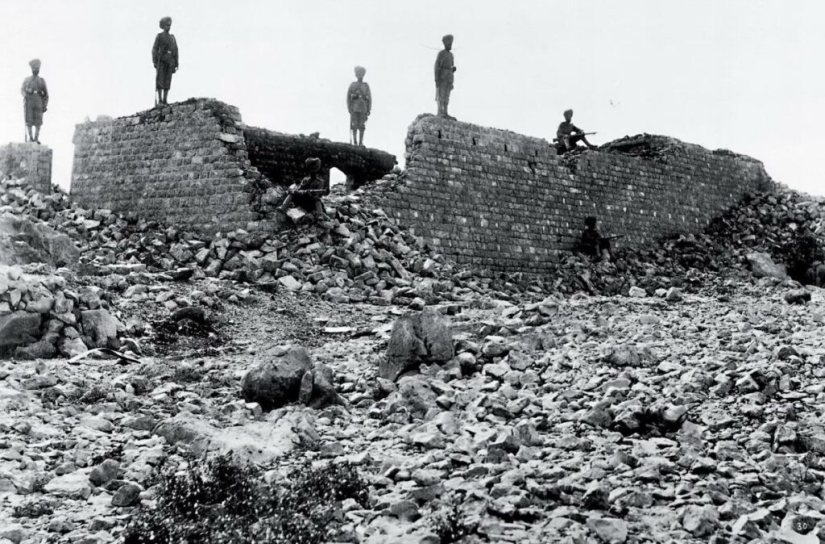
In it, the soldier reported to the British commander that he was alone. He asked permission to leave his post and engage in hand-to-hand combat with the enemies. After receiving the answer, Gurmukh carefully folded the heliograph, went down and rushed at the enemy. Stabbing several attackers with a bayonet, he died a brave death.
The Saragarhi checkpoint fell, but was able to complete its task. When the Pashtuns approached the Galistan fort, they were met fully armed. The battle took place, but the Afghans were not successful and were forced to retreat. Later, the leader of the Pashtuns, Gul Badshah, said that he had lost 180 people at the walls of Saragarh. But when the British visited the destroyed checkpoint, they counted more than 600 enemy bodies there.
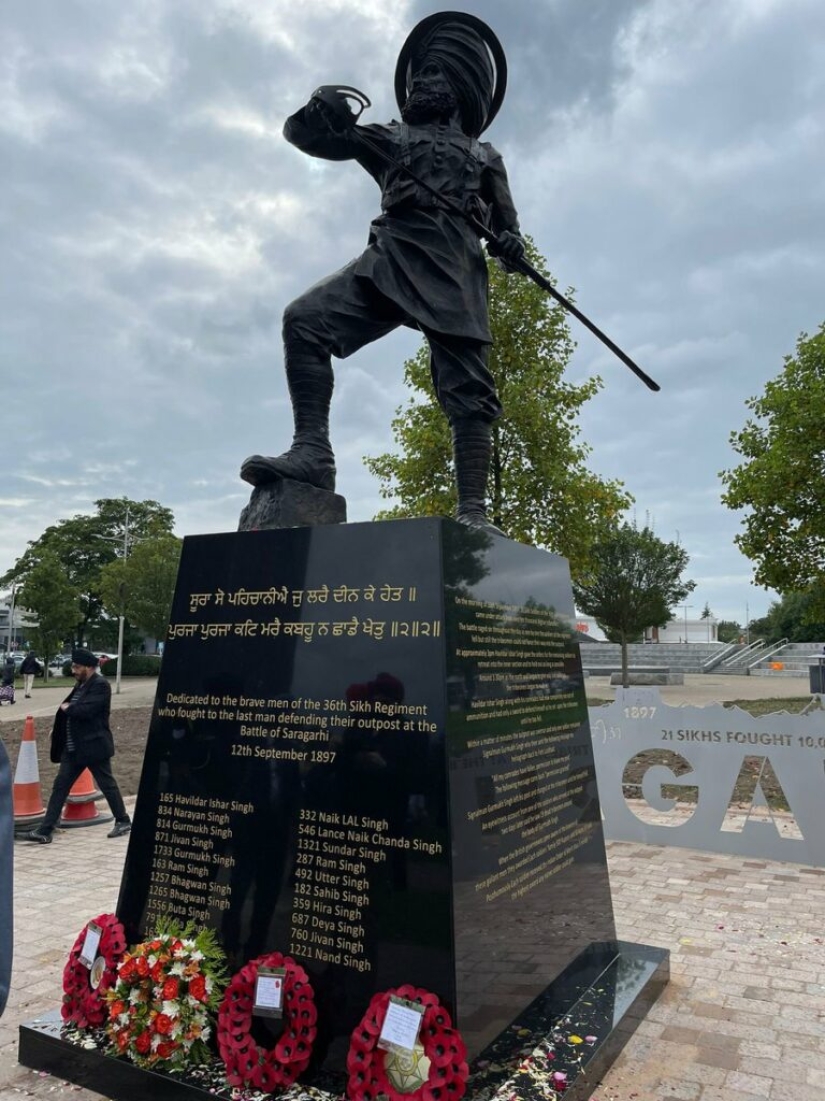
The feat of 21 Sikhs was immortalized by two monuments. One, Saragarhi Gurudwaras, was installed in the Sikh holy city of Amritsar, not far from the Golden Temple — the main shrine. The second was erected at the cathedral in the city of Ferozepura, where most of the heroes were from. In honor of the Battle of Saragarh, the Sikh Regiment still celebrates the Day of the Battle Award on September 12.
Recent articles

Nikolai Vasilyevich Gogol is not just a classic, but the first major Russian prose writer, who was considered his teacher by many ...

Most of the animals on earth touches and make you smile. But there are a few creatures that are unlikely to cause a storm of ...

History knows many child killers whose crimes are chilling. But all their atrocities pale in comparison to the cynical atrocities ...